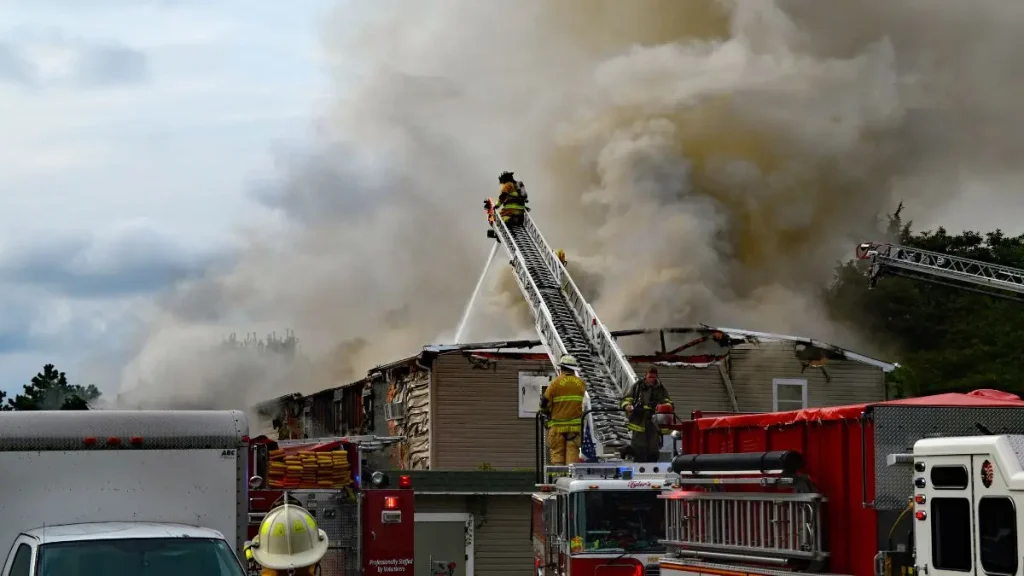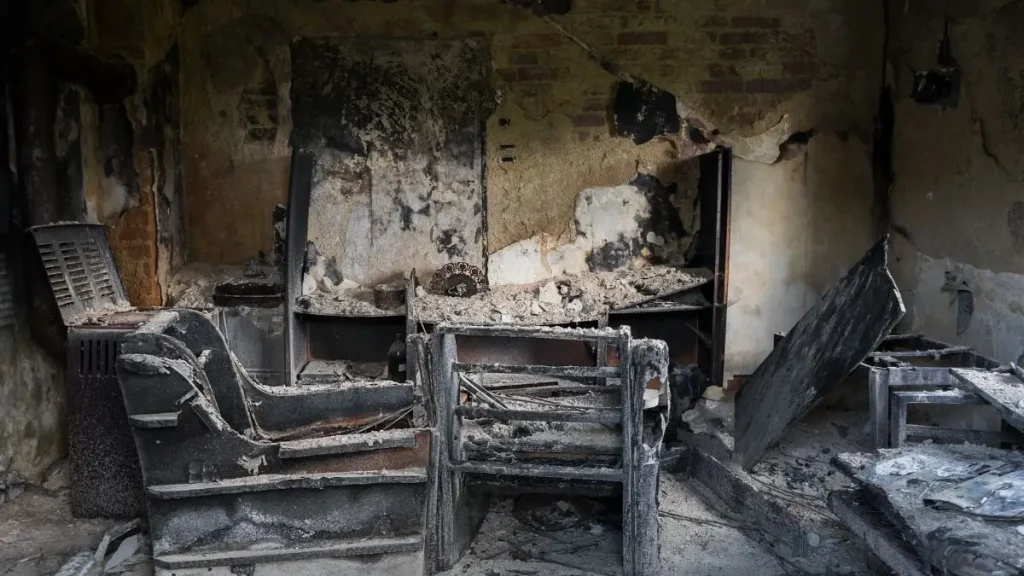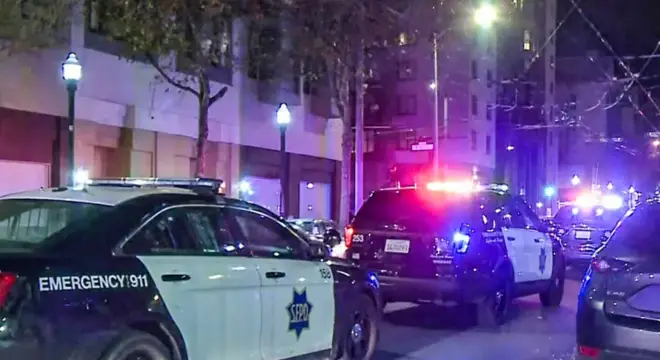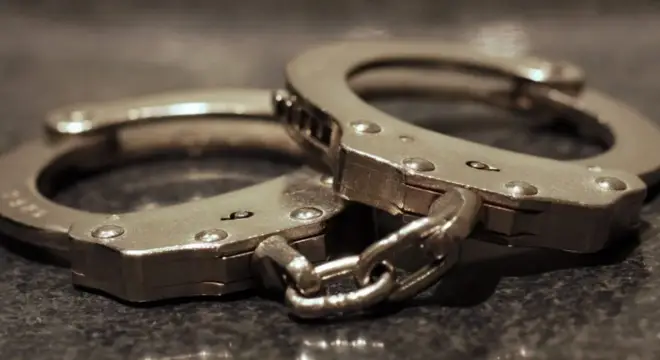Northeast DC Row House Fire Leaves Four Adults and One Child Displaced
I woke up scrolling through local updates like I usually do—and then I saw it: another row house fire in Northeast DC. This time, five people were forced out of their home—four adults and a child. No major injuries, but their lives changed overnight.
If you live in DC, you already know how tight and interconnected these row houses are. A small spark in one unit can easily become everyone’s nightmare. I’m not trying to scare you—but this isn’t just news. It’s a wake-up call.
We’re talking about families scrambling out at dawn, smoke pouring from second-floor windows, fire trucks flooding the block, and neighbors watching helplessly from the sidewalk. This wasn’t a one-off. Fires like this keep happening in Northeast—and they often follow the same dangerous pattern.
So here’s the thing: This isn’t just a report. It’s a deeper look at what actually happened, why it matters, and what we’re still not talking about enough when it comes to row house fire risks in DC.
What Actually Happened That Morning?
It all started around 7:30 a.m. on James Place NE, near 45th Street. A two-story row house caught fire, fast and hard. Thick smoke billowed out as DC Fire & EMS arrived with multiple units on a two-alarm call.
According to DC News Now, four adults and one child were safely evacuated. That sounds like a win—but let’s be real: being “safe” doesn’t mean you’re okay. These folks just lost their home, their normal, and possibly everything they owned.
I keep thinking—what would I grab in those 30 seconds before running out? And honestly, most of us aren’t ready. Fires like this don’t give you time to think.
The fire was brought under control quickly, but not before the damage was done. FD crews had to tear through walls and ceilings. That’s what it takes to stop the flames from spreading in row houses where one attic leads straight into the next.
Because in places like Northeast DC, the answer might be “real fast.”
In another heartbreaking story, an elderly man in the Bronx lost his life in a fatal home fire, reminding us how quickly things can spiral in residential neighborhoods.
Fire Crews, Neighbors & The Quick Response

When something like this happens, it’s not just about firefighters. It’s about community.
The fire department showed up strong—engines, ladder trucks, battalion chiefs, EMS. They did what they always do: ran toward what everyone else was running from. But behind those flashing lights, there were neighbors on the sidewalk, wide-eyed, some barefoot, some handing out water, others just… stunned.
If you’ve ever stood outside watching smoke pour out of someone’s home, you know the silence that hits in moments like that. Even the sirens feel distant.
You feel helpless. But you also feel connected.
What stood out to me was the speed. Crews had the fire knocked in less than 20 minutes, which probably saved the rest of the block. That kind of response is why DC Fire & EMS is trusted. But let’s not ignore the reality—every single row house on that street could’ve been next.
You don’t wait for tragedy to happen next door before you start thinking about your own fire plan.
Have you ever talked to your neighbors about what you’d do in a fire? Most people haven’t. But maybe it’s time.
It reminded me of how Ohio firefighters once risked everything to rescue pets—from turtles to cats to even a lizard—during a building fire. Their speed and empathy save more than just structures.
The People Who Lost Their Home
What breaks me the most is this: the people inside didn’t just lose walls and furniture. They lost routine. Privacy. Safety. A place to come home to.
According to Hill Rag, all five individuals were displaced. Red Cross teams were called in to help. That tells you how bad it got—they don’t get involved unless families are truly without options.
Think about it: where would you sleep tonight if your home caught fire?
I know that sounds dramatic. But it’s real. Displacement isn’t just being “out of the house”—it’s being in shock, trying to replace ID cards, phones, insulin, baby bottles. You’re not just recovering things. You’re trying to recover stability.
The emotional toll doesn’t show up in news headlines. But it lives in every decision they’ll make for the next year.
If you’ve ever experienced a house fire—or even a close call—what helped you get through it? Drop a comment below and share what worked, what didn’t, or what you wish you’d known sooner. Your story might help someone else prepare better.
Why Northeast DC Keeps Seeing Fires Like This?
This wasn’t a one-time thing. If you’ve followed local news, you’ve probably noticed how many row house fires keep hitting the Northeast. It’s becoming a pattern.
And there are reasons.
A lot of these homes were built decades ago—with wood frames, shared attics, aging wiring, and sometimes sketchy renovations. Add in high-density living, heating units on tight porches, or even illegal setups, and you’ve got a fire risk that grows silently over time.
What’s wild is how little this gets talked about. Most reports just mention “fire broke out” and leave it at that. But what we need is more conversation about why.
Is it code enforcement? Is it landlords skipping maintenance? Is it tenants who don’t even know their building is one spark away from disaster?
We need better inspections. We need clearer rules. But most of all, we need awareness. Because when the fire hits, it doesn’t care whose fault it is.
You live here. You deserve to know how safe your building really is.
I came across a few quick safety updates recently shared in a local DC community WhatsApp channel—simple things like checking your porch wiring and what to ask landlords. Sometimes, those small reminders make the biggest difference.
If you’re part of any neighborhood group chats, keep an eye on those tips. They pop up when you least expect them but might save your home someday.
How You Can Protect Yourself Right Now?
Look, I don’t want to just leave you with a heavy story. I want to give you something useful.
If you live in a row house—especially in older parts of DC like Northeast—you need to think about prevention now, not later. Here’s what I’d do if I were in your place:
- Test every smoke alarm today. Not “soon.” Today.
- Walk your home like an inspector: overloaded outlets, candles near curtains, cluttered back porches—all of it counts.
- Know your exits. Especially if you live with kids or elders. If the front’s blocked, how are you getting out?
- Ask your landlord (or check yourself) about the condition of wiring, heating systems, and attic layout. Shared attics are common in DC row houses, which means fire doesn’t stop at one unit.
Also, if you don’t have renters insurance—get it. It’s cheap, and if something goes wrong, it makes all the difference. I’ve seen too many families lose everything and have nowhere to turn.
Being prepared isn’t about living in fear. It’s about making sure you and your people have options.
And if you think your building isn’t safe? Report it. You can reach out to DCRA (now DOB) or even post anonymously on local forums like Reddit or community Facebook groups. People here will help.
Just like in a recent case where a Winthrop home was destroyed while the owner was away at a Red Sox game—the absence of early action or detection left no time to intervene.
What Happens Next — and What Needs to Change?

Right now, the official cause of the fire hasn’t been released. Investigators are probably looking at wiring, appliances, or other usual suspects. That’ll take days, maybe weeks.
But while they do that—we need to ask bigger questions:
- Are DC’s older row homes being inspected enough?
- Are tenants given enough info about fire risks when they move in?
- Is there a way for neighbors to report unsafe conditions anonymously—and actually get action?
We’ve seen fires before that exposed grow houses, illegal setups, or major code violations. But even when the fire isn’t someone’s fault, the system around it still matters.
And once the news cycle moves on, displaced families are left to figure things out alone. Rebuilding, relocating, reapplying. It’s exhausting.
If city agencies want to show they care, they need to follow through—not just on this fire, but on the next ten that haven’t happened yet.
And if we want to protect each other, we need to keep asking the uncomfortable stuff. Even if it’s not our home that burned.
Final Thoughts
This isn’t just about one street in Northeast. It’s about every row house in DC—and every person who wakes up thinking it can’t happen to them.
We’ve seen the pattern. We’ve seen the risk. Now we need to act like it matters.
So before you close this tab, I want to ask you something:
When was the last time you talked to your neighbor about safety? Or tested your alarm? Or looked at your building with real, honest eyes?
If you don’t have the answers yet—that’s okay. Start now.
And if you’ve ever been through something like this—share your story. Someone out there needs to hear it.
Want to stay updated on fire safety stories and real-life lessons from across the country? Explore more articles like this at Build Like New — every story has something to teach us.
Disclaimer: This article is based on publicly available reports and community sources. Details may evolve as official investigations continue. Always refer to local authorities or fire departments for the most accurate and updated information.


